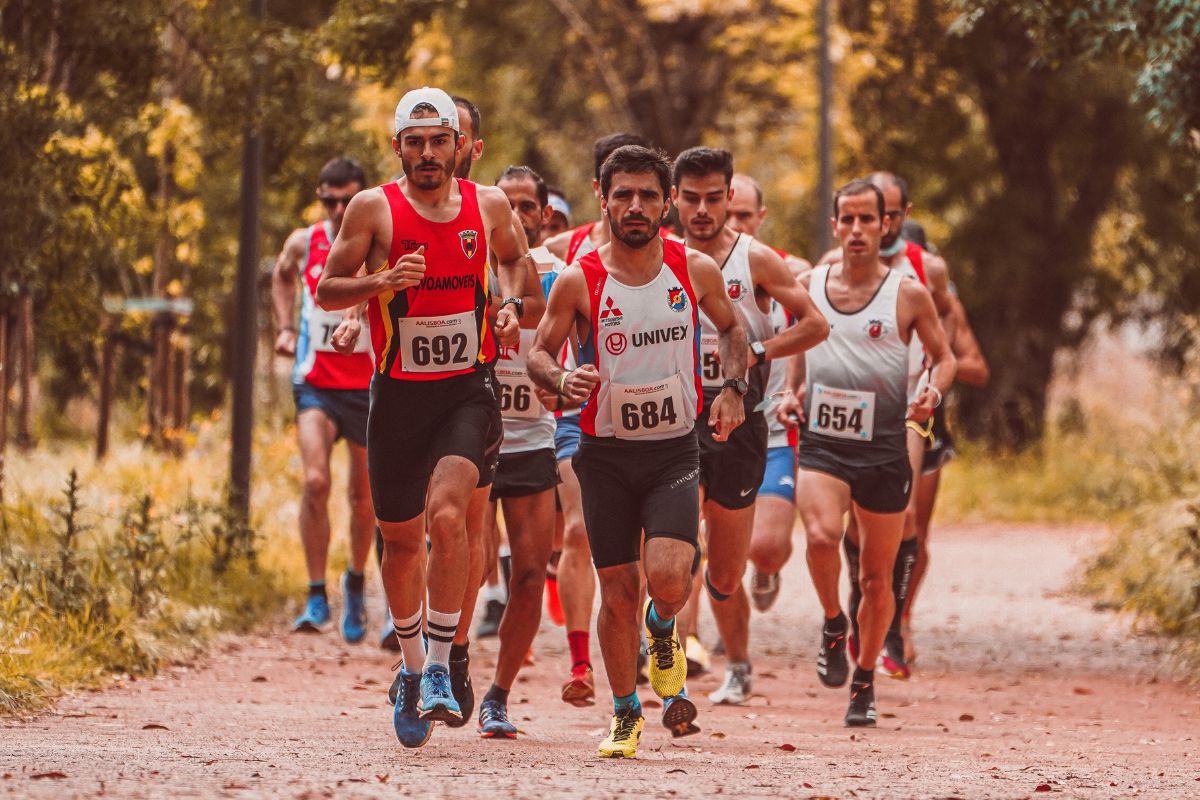Have you been feeling tightness around your hip when running and what to know why? Perhaps you have heard it could be your Tensor Fascia Latae (TFL) but aren’t sure what it is?
Or are you curious and want to know more? Whatever your question might be, we have the answer for you!

Today, we are here to put these questions and worries to bed! We have a complete guide that walks you through what the Tensor Fascia Latae is, why it feels sore when you run, and what you can do to prevent it! Just keep reading to find out more.
What Is The Tensor Fascia Latae?
Before we get into today’s article, let’s have a quick recap. The Tensor Fascia Latae is a small muscle found on the outside and top of your hip.
It’s not often a muscle we associate with running, but the small muscle plays an important role in your stride!
Despite being super important, tightness and soreness are extremely common in runners and this muscle.
To better understand what causes this pain and how we can recover from it we first need to learn a little more about the muscle and how it works!
What Does The TFL Do When Running?
When running, your TFL’s main job is to rotate the thigh inwards.
And while the power of your running stride comes from your calves and quads, the TFL is a supporting muscle that helps to guide power through your stride while you run.
As you become faster and pick up the pace, run further distances, or run without sleeping properly, you can put the muscle under strain. But what causes pain in this muscle?
Let’s find out now.
What Causes TFL Pain When Running?
When your TFL feels tight, the first thing to know is that it is not a flexibility problem. Muscles feeling tight does not necessarily mean there is a lack of flexibility.
It is more likely that the issue is your training.
When a muscle is overwhelmed by training (faster pace, more workouts, further distances, or steep hills) can cause the muscle to send signals to our brain which we interpret as sore or tight.
Essentially your body is telling you that it’s not ready to work this hard! So to fix your tight or sore muscles, you should work on strengthening the muscle, rather than stretching it.
By making the muscle stronger, your muscle will be able to cope with your training routine without becoming overwhelmed or feeling tight or sore.
How To Fix Tightness When Running – Exercise You Can Try!
So how can you fix the tightness in your TFL muscle?
Well, there have been lots of studies done recently that looked at what exercises can be done to strengthen your TFL.

Studies done by the University of Nevada have given you three exercises that can be done to strengthen your TFL.
Let’s take a look at them now!
Exercise One – Side Leg Raises With External Rotation
Lying on your side and raising one leg straight to the ceiling is a great way to strengthen your TFL, just make sure you point your toes towards the ceiling!
The pointing of your toes is the external rotation that will help you build more strength in your muscle!
If you want to make this a little harder, strap a light ankle weight to the leg you are lifting.
This will help work some other muscles in your leg too! Start with a lightweight and increase slowly until you hit 5% of your body weight.
Exercise Two – Hip Thrusts
Hip thrusts are an excellent way to strengthen your gluteus maximus which connects to the TFL through the IT band.
By strengthening your gluteus maximus you could support the TFL, but it isn’t as directly beneficial as the side leg raises.
Exercise Three – Side Planks With Hip Abduction
This exercise is a great one if you are looking for an equipment-free exercise.
It will strengthen the gluteus medius, which takes a lot of the load and femur positioning when you run. By strengthening this muscle, it can help with tightness in other areas of your hip.
We recommend using a mixture of all three exercises to help your TFL and other parts of your hips and glutes to add more strength to the muscles.
Final Thoughts
And there you have it! Your TFL might be small, but it plays a vital role while you are running.
By exercising it before and after running, you can help to strengthen the muscle, helping to reduce and prevent future tightness and soreness while you run.
Don’t forget to listen to your body and rest when needed. The last thing you want to do is prolong any injuries!
- Can Dogs Run Faster Than Humans? (Running With Your Furry Friend) - October 4, 2022
- 10 Doggie Fun Runs You Will Love [Ultimate Guide] - October 4, 2022
- What Are Division Results In Running? - October 4, 2022








